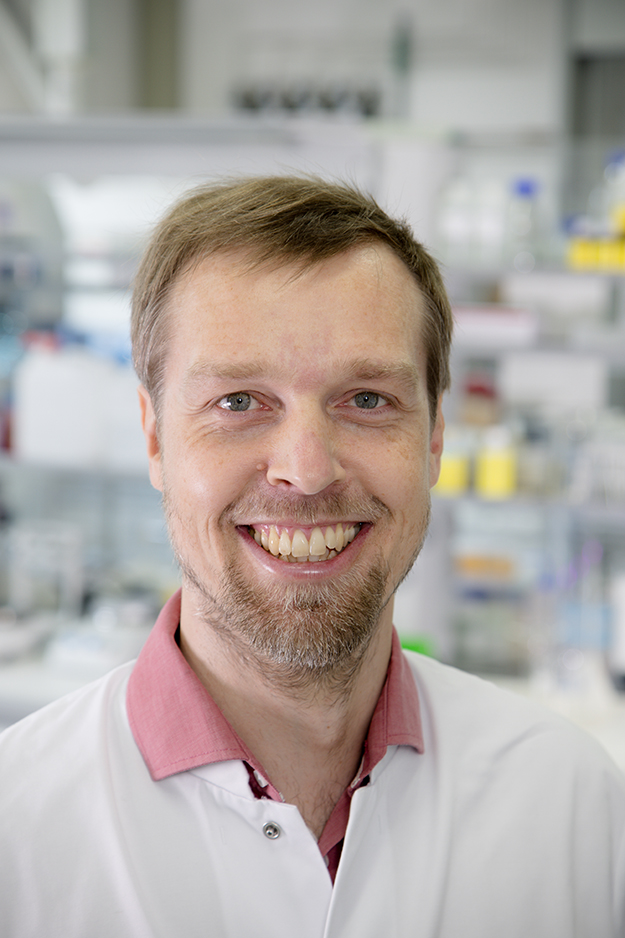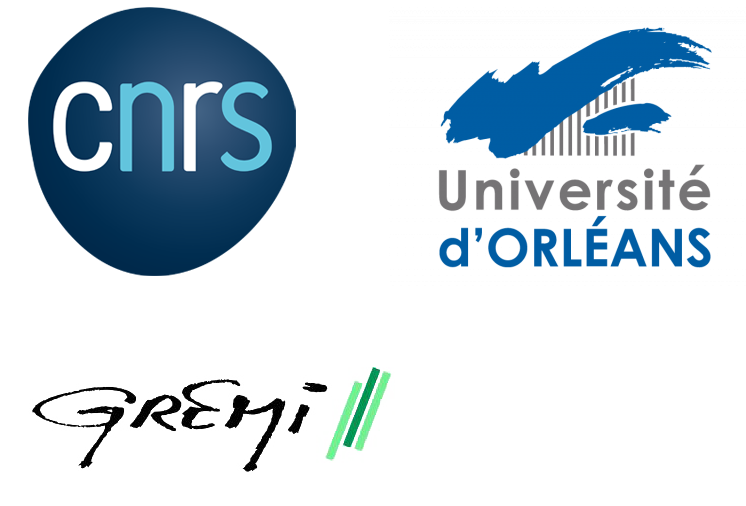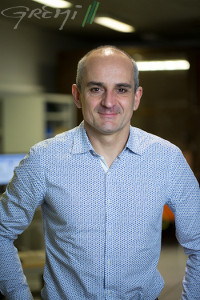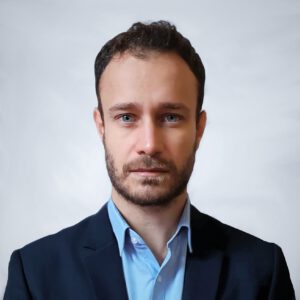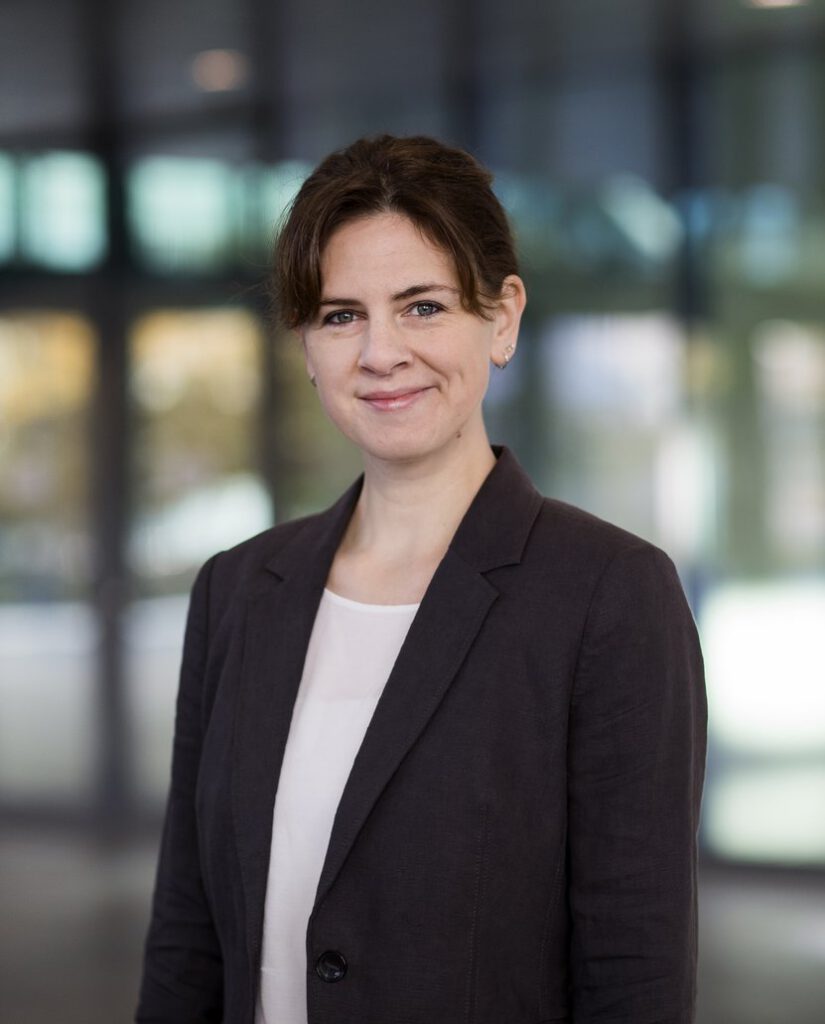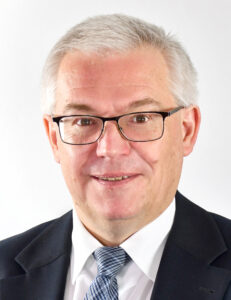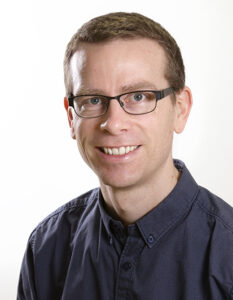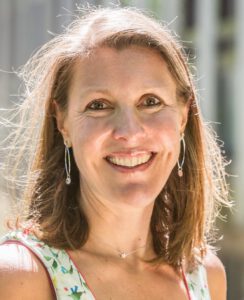01.
Leibniz Institute for Plasma Science and Technology
The Leibniz Institute for Plasma Science and Technology (INP) is the largest non-University Research Institute on Cold Physical Plasma Technology in Europe. INP is the lead partner of the plasmACT consortium.
About 200 people work at INP across all major disciplines, from physics and engineering, over chemistry and material science, to biochemistry and biomedicine. A spin-off from INP Greifswald, neoplas med GmbH, was the first to launch an accredited atmospheric pressure argon plasma jet into the European market for chronic wound treatment. A second spin-off, ColdPlasmaTech, has won several prestigious awards for its idea of designing and marketing a plasma-wound-dressing. Together with partners in the academic and non-academic sectors, the INP conducts applied basic research using physical plasma technology. The annual budget is about 15Mio €, with half from third-party-funds, including industry.
Principal Investigator
Prof. Dr. Sander Bekeschus is the initiator and speaker of the plasmACT consortium. At INP, he is head of the research program Plasma Medicine, while also holding a professorship for Translational Plasma Research at the Department of Dermatology and Venerology of Rostock University Medical Center, Germany. He is an executive board member of the National Centre for Plasma Medicine (NZPM, Germany) and the International Society for Plasma Medicine (ISPM).
02.
Centre national de la recherche scientifique
GREMI is a joint laboratory of CNRS and the University of Orleans.
Research focuses on plasma and laser processes and their applications in various fields: e.g., energetics, materials, microelectronics, nanotechnologies, biology (medicine, agriculture, and cosmetics), metrology, radiation sources, propulsion, transport, and environment. GREMI gathers 22 tenured researchers and research faculty members, about 25 doctoral and post-doctoral researchers, and 11 CNRS engineers, technicians, and administrative staff. In addition, GREMI is associated with Polytech’Orléans engineering school, one of three faculties at the University of Orléans. Founded in 1306, the University of Orléans is one of the oldest European universities and currently enrolls 19,000 students.
Principal Investigator
Dr. Eric Robert is the CNRS Research Director, head of the plasma for biomedical applications group at GREMI, director of French network (GDR 2025 HAPPYBIO) dedicated to physical treatment (Plasmas, Pulsed Electric Fields and Photodynamic Therapy for biology).
Dr. Augusto Stancampiano is a CNRS researcher and a member of the plasma for biomedical applications group at GREMI. He is an expert in plasma jet physics and technology and is involved in the current project in collaboration with biologists and medical doctors in Orleans.
03.
Eindhoven University of Technology
Eindhoven University of Technology (TU/e) is a relatively young research university founded in 1956, specializing in engineering science and technology.
It has profiled itself as one of the leading international institutions with a clear focus on excellence. When scientific research is concerned, it employs more than 1500 Ph.D. candidates and 350 academic research and teaching staff members in a strongly international environment. Positioned in the High Tech nexus of The Netherlands, TUE performs a high percentage of its research in collaboration and/or funded by the industry, resulting in 15% of all the scientific publications that are generated in cooperation with the industry.
Principal Investigator
Dr. Ana Sobota is an associate professor at the Applied Physics department of the Technische Universiteit Eindhoven and an expert in non-thermal atmospheric pressure plasmas, development of new diagnostics, and their application in non-thermal plasmas with an accent on the interaction of plasmas and substrates. She is a committee member for the determination of the Dutch national research agenda (NWO-WGC-PTI) and the governing board member of the Dutch Physics Society (NNV).
04.
University Medical Center Rostock
The Clinic and Policlinic for Dermatology and Venereology of the University Medical Center Rostock is the third-oldest dermatological clinic in middle Europe founded in 1902 and a house of maximum patient care involving all aspects of medicine including research and training.
This internationally visible and primarily third-party-funded group conducts basic and translational research in the fields of plasma medicine, dermato-oncology, and rare genetic skin diseases such as xeroderma pigmentosum and ichthyoses (skin barrier and epidermal differentiation). The clinic performs national and international multicenter trials as well as investigator-initiated trials.
Principal Investigator
The Clinic for Dermatology research laboratory is headed by Prof. Steffen Emmert (M.D.) and Lars Boeckmann (Ph.D.).
Prof. Steffen Emmert, M.D. is a full professor, Director of the dermatological clinic and Dean for Student Affairs. He was awarded the German Skin Cancer Award in 2013, is a steering member of the University Cancer Center, is licensed to teach medicamentous tumor therapy, and performs clinical studies according to AMG (pharmaceutical studies) and MPG (studies with new medical devices). Dr. Lars Boeckmann is head of the research laboratory of the dermatological clinic.
05.
University of Antwerp
The University of Antwerp has about 20,000 students. The group PLASMANT is specialized in plasma chemistry and plasma modeling.
Plasma medicine is one of the main applications of the group. The activities range from plasma chemistry and plasma source modeling to plasma-biomolecule interaction simulations and experiments. PLASMANT is composed of 2 professors and almost 50 researchers. It forms the core of one of the Antwerp research excellence consortia (PLASMA) and belongs to one of the valorization consortia of the University (InSusChem). The Center for Oncological Research (CORE) is specialized in developing novel cancer therapies, unraveling resistance mechanisms, and biomarker research. CORE is composed of 12 professors and 50 researchers with an active interdisciplinary collaboration between basic, translational, and clinical researchers. CORE leads the UAntwerp research excellence consortium on oncology (IPPON). It gathers experts with an excellent research record of accomplishment in developing novel therapies, genomics, transcriptomics, proteomics, bioinformatics, liquid biopsies, pathology, and clinical studies. Both PLASMANT and CORE have plenty of expertise in supervising Ph.D. students: approx. 50 finished PhDs per group since 2005 and currently 25 running Ph.D. projects per group.
Principal Investigator
Prof. Dr. Annemie Bogaerts is a full professor and head of the group PLASMANT. She is the co-founder of the spin-off companies D-CRBN and Optanic. Prof. Bogaerts is the President and Board of Directors member of the International Plasma Chemistry Society.
Prof. Dr. Evelien Smits is a full professor and co-head of the group CORE. She is board member of the Belgian Young Academy and elected member of the Cancer Immunotherapy Association. Furthermore, she is an appointed expert in the Superior Health Council.


